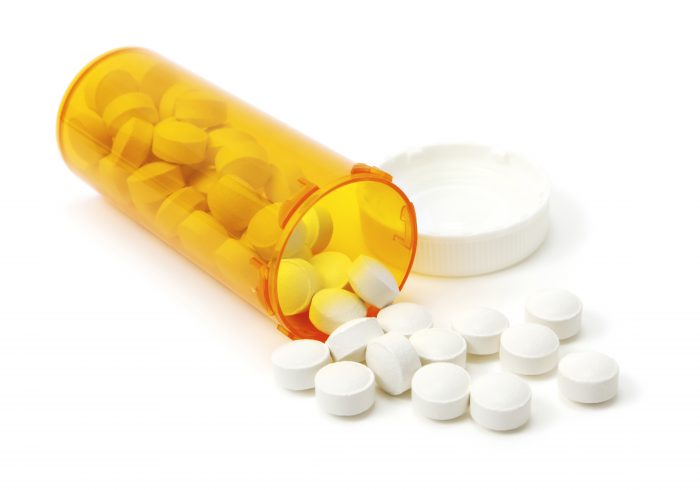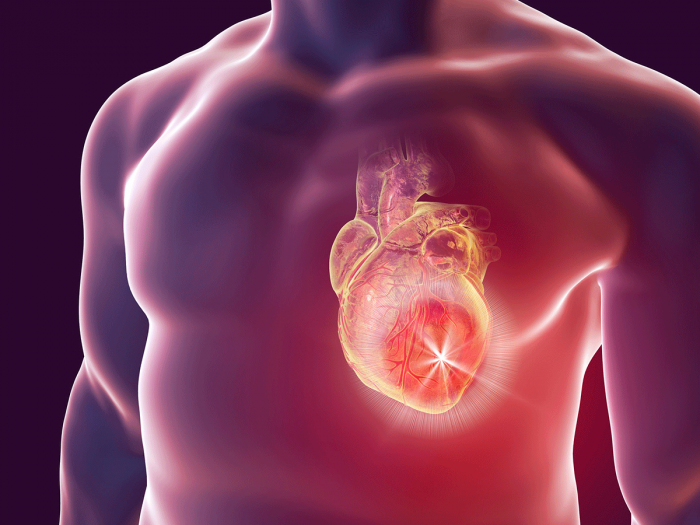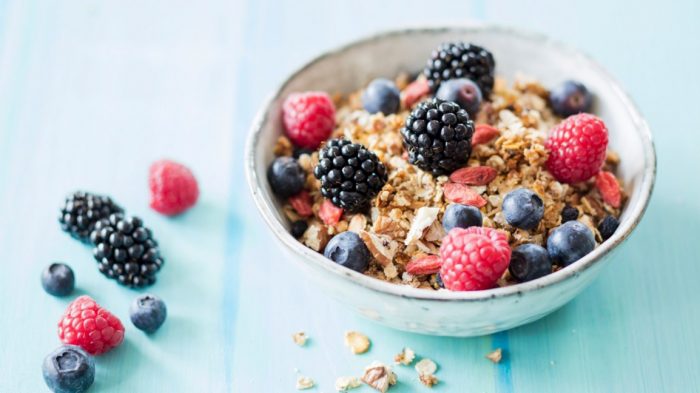Salt use increases risk 70 percent
By David Dunaief, M.D.

While occasional heartburn and regurgitation are common after a large meal, for some, this reflux results in more serious disease. Let’s look at the differences and treatments.
Reflux typically results in symptoms of heartburn and regurgitation, with stomach contents going backward up the esophagus. For some reason, the lower esophageal sphincter, the valve between the stomach and esophagus, inappropriately relaxes. No one is quite sure why it happens with some people and not others. Of course, a portion of reflux is physiologic (normal functioning), especially after a meal (1). As such, it typically doesn’t require medical treatment.
Gastroesophageal reflux disease (GERD), on the other hand, differs in that it’s long-lasting and more serious, affecting as much as 28 percent of the U.S. population (2). This is one reason pharmaceutical firms give it so much attention, lining our drug store shelves with over-the-counter and prescription solutions.
GERD risk factors are diverse. They range from lifestyle — obesity, smoking cigarettes and diet — to medications, like calcium channel blockers and antihistamines. Other medical conditions, like hiatal hernia and pregnancy, also contribute (3). Dietary triggers include spicy, salty, or fried foods, peppermint, and chocolate.
Smoking and salt increase risk
One study showed that both smoking and salt consumption added to the risk of GERD significantly (4). Risk increased 70 percent in people who smoked. Surprisingly, people who used table salt regularly saw the same increased risk as seen with smokers.
Medication options
The most common and effective medications for the treatment of GERD are H2 receptor blockers (e.g., Zantac and Tagamet), which partially block acid production, and proton pump inhibitors (e.g., Nexium and Prevacid), which almost completely block acid production (5). Both classes of medicines have two levels: over-the-counter and prescription strength. Here, I will focus on proton pump inhibitors (PPIs), for which more than 90 million prescriptions are written every year in the U.S. (6).
The most frequently prescribed PPIs include Prilosec (omeprazole) and Protonix (pantoprazole). They have demonstrated efficacy for short-term use in the treatment of Helicobacter pylori-induced (bacteria overgrowth in the gut) peptic ulcers, GERD symptoms and complication prevention and gastric ulcer prophylaxis associated with NSAID use (aspirin, ibuprofen, etc.) as well as upper gastrointestinal bleeds.
However, they are often used long-term as maintenance therapy for GERD. PPIs used to be considered to have mild side effects. Unfortunately, evidence is showing that this may not be true. Most of the data in the package inserts is based on short-term studies lasting weeks, not years. The landmark study supporting long-term use approval was only one year, not 10 years. However, maintenance therapy usually continues over many years.
Side effects that have occurred after years of use are increased risk of bone fractures and calcium malabsorption; Clostridium difficile, a bacterial infection in the intestines; potential vitamin B12 deficiencies; and weight gain (7).
PPI risks
The FDA warned that patients who use PPIs may be at increased risk of a bacterial infection called C. difficile. This is a serious infection that occurs in the intestines and requires treatment with antibiotics. Unfortunately, it only responds to a few antibiotics and that number is dwindling. In the FDA’s meta-analysis, 23 of 28 studies showed increased risk of infection. Patients need to contact their physicians if they develop diarrhea when taking PPIs and the diarrhea doesn’t improve (8).
Suppressing hydrochloric acid produced in the stomach over long periods of time may result in malabsorption issues. In a study where PPIs were associated with B12 malabsorption, it usually took at least three years’ duration to cause this effect. B12 was not absorbed properly from food, but the PPIs did not affect B12 levels from supplementation (9). Therefore, if you are taking a PPI chronically, it is worth getting your B12 and methylmalonic acid (a metabolite of B12) levels checked and discussing supplementation with your physician for a deficiency.
Fiber and exercise
A number of modifications can improve GERD, such as raising the head of the bed about six inches, not eating prior to bedtime and obesity treatment, to name a few (10). In the same study already mentioned with smoking and salt, fiber and exercise both had the opposite effect, reducing the risk of GERD (5). The analysis by Journal Watch suggests that the fiber effect may be due to its ability to reduce nitric oxide production, a relaxant for the lower esophageal sphincter (11).
Obesity’s impact
In one study, obesity exacerbated GERD. What was interesting about the study is that researchers used manometry, which measures pressure, to show that obesity increases the pressure on the lower esophageal sphincter significantly (12). Intragastric (within the stomach) pressures were higher in both overweight and obese patients on inspiration and on expiration, compared to those with normal body mass index. This is yet another reason to lose weight.
Late night eating triggers
Though it may be simple, it is one of the most powerful modifications we can make to avoid GERD. A study that showed a 700 percent increased risk of GERD for those who ate within three hours of bedtime, compared to those who ate four hours or more prior to bedtime. Of note, this is 10 times the increased risk of the smoking effect (13). Therefore, it is best to not eat right before bedtime and to avoid “midnight snacks.”
Although there are a number of ways to treat GERD, the most comprehensive have to do with modifiable risk factors. Drugs have their place in the arsenal of choices, but lifestyle changes are the first — and most effective — approach in many instances. Consult your physician before stopping PPIs, since there may be rebound hyperacidity (high acid produced) if they are stopped abruptly.
References:
(1) Gastroenterol Clin North Am. 1996;25(1):75. (2) Gut. 2014 Jun; 63(6):871-80. (3) emedicinehealth.com. (4) Gut 2004 Dec.; 53:1730-1735. (5) Gastroenterology. 2008;135(4):1392. (6) Kane SP. Proton Pump Inhibitor, ClinCalc DrugStats Database, Version 2021.10. Updated September 15, 2021. Accessed October 12, 2021. (7) World J Gastroenterol. 2009;15(38):4794–4798. (8) www.FDA.gov/safety/medwatch/safetyinformation. (9) Linus Pauling Institute; lpi.oregonstate.edu. (10) Arch Intern Med. 2006;166:965-971. (11) JWatch Gastro. Feb. 16, 2005. (12) Gastroenterology 2006 Mar.; 130:639-649. (13) Am J Gastroenterol. 2005 Dec.;100(12):2633-2636.
Dr. David Dunaief is a speaker, author and local lifestyle medicine physician focusing on the integration of medicine, nutrition, fitness and stress management. For further information, visit www.medicalcompassmd.com.














